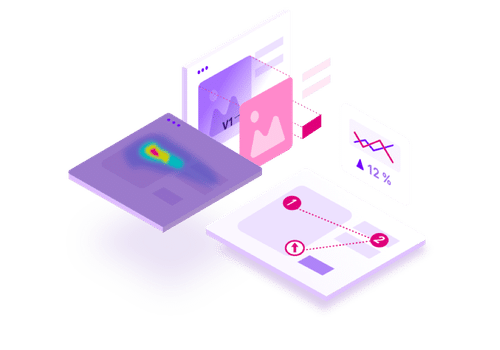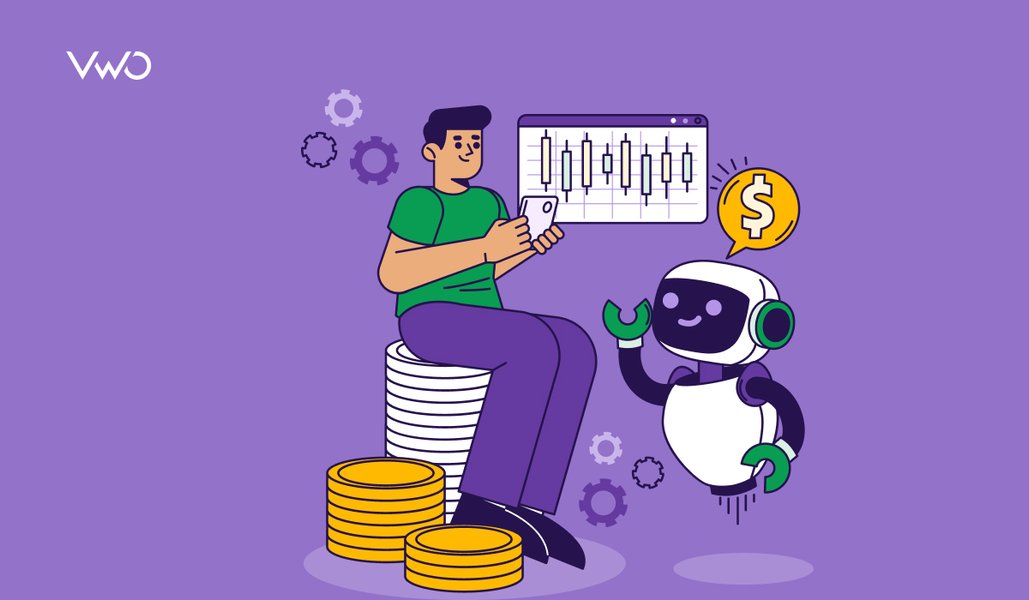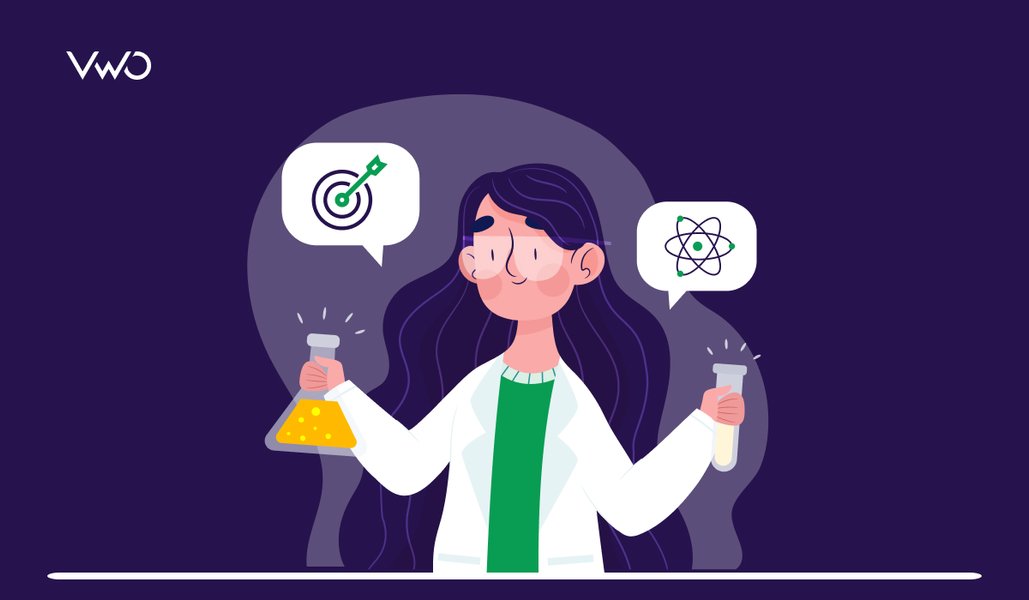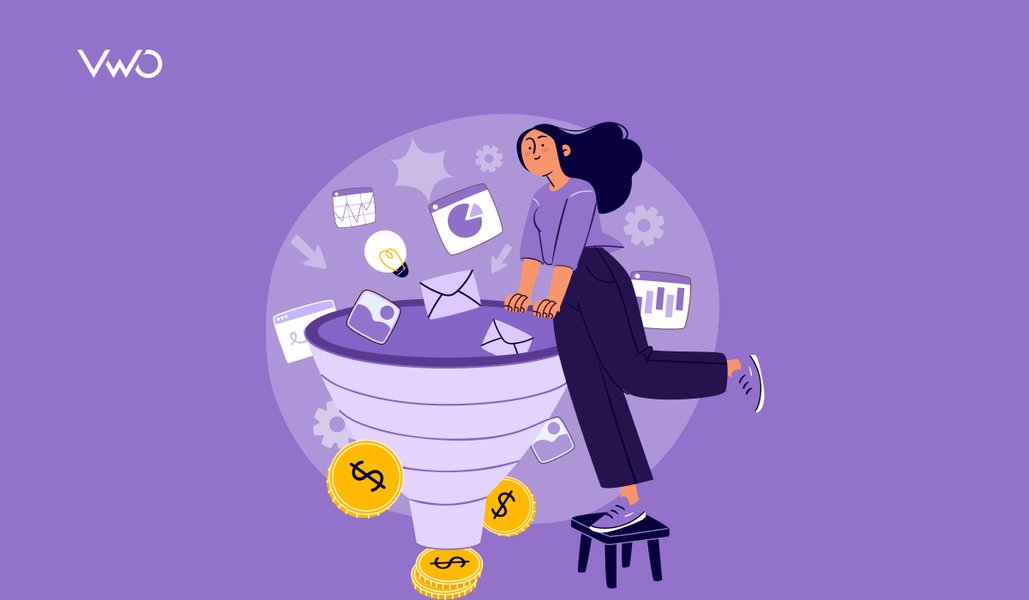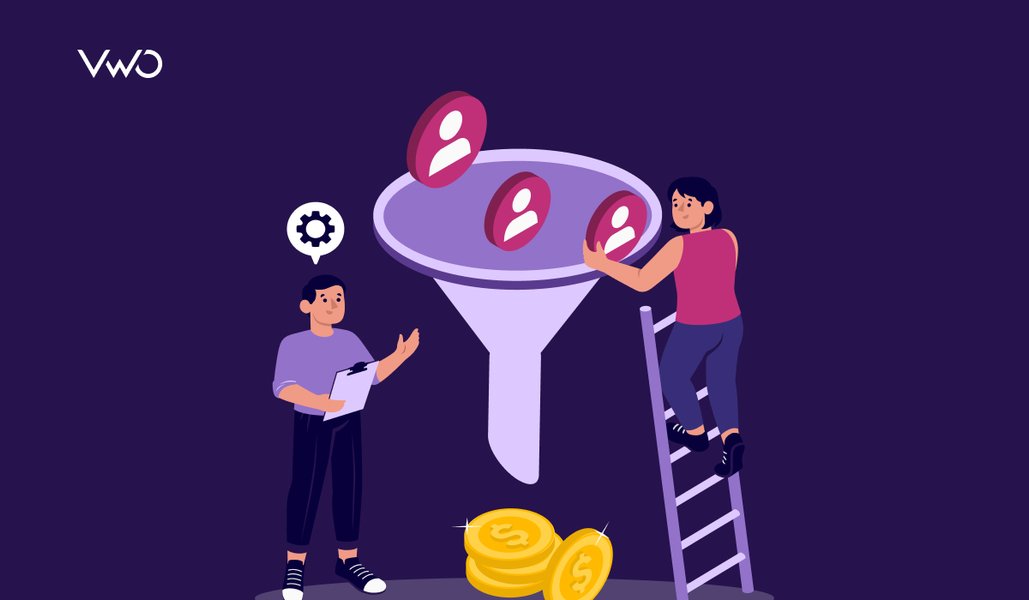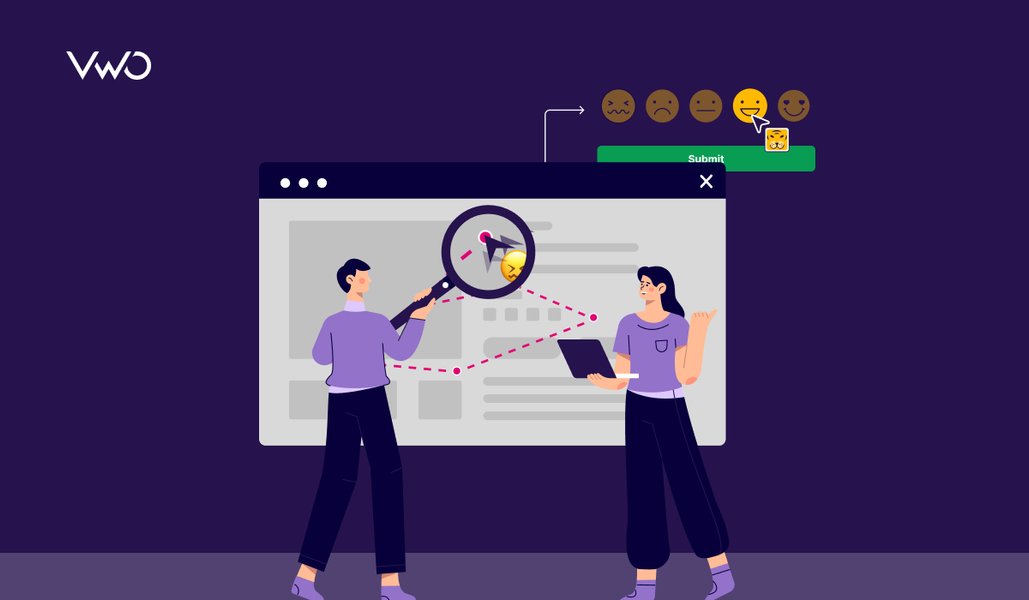The Psychology Behind a Sale | Persuading Conversions Through Cognitive Biases
Ever wondered why “selling” has such a negative connotation about it?
Why is it that the immediate, associative adjective used to describe salesmen is pushy and not helpful? What’s with the bias?
We come loaded with pre-conceived apprehensions when making buying decisions. Simply put, we are unable to make a buying commitment until our apprehensions are dispelled, our negative bias is countered and a positive bias is induced in favor of our buying decision.
Notice the choice of word. “Bias.”
Download Free: Conversion Rate Optimization Guide
The human mind works in weird ways. A lot of times, we are happy to suppress logic, objectivity, propriety and other metrics of rationale. Those in the business of selling SaaS products know it better than anyone else. Selling a non-physical product takes a lot of convincing. Creating cognitive biases only makes the job easier.
Here’s Wikipedia’s definition of Cognitive Bias:
“A cognitive bias refers to a systematic pattern of deviation from norm or rationality in judgment, whereby inferences about other people and situations may be drawn in an illogical fashion. Individuals create their own ‘subjective social reality’ from their perception of the input.”
To put it rather mildly, cognitive biases induce interpretations and subsequent decisions that may not be obvious. In addition to increasing your chances of conversions, they can speed up decision-making and make the process of acquisition to conversion far quicker.
Cognitive biases are a sales hack!
Most conversion pain-points can be traced to analysis paralysis, hampering the user’s decision-making, subsequently causing action paralysis. Identifying the root of this indecision is the first solid step you take to enhance user engagement and forge conversions. Heatmaps, clickmaps and form analysis come in handy when identifying chinks in your website’s UX.
Conversion optimization is only the summation of users’ motivations, buying intentions, questions, excitement, surprise, and other associative emotions that influence decision-making. And, as a process, it continues until these emotions are addressed and capitalized on, through optimized UX.
Let’s get to it then. Here are the 5 tips to induce psychological biases, straight up:
- Know your audience — the human brain.
- Inspire confidence with psychological triggers.
- Ask for minimum upfront commitment.
- Use availability heuristic for brand/product recall.
- Reduce the pain of paying.
1) Know Your Audience — the Human Brain
In her study titled “Neuromarketing – Science and Practice”, Croatian marketing and forensic science expert, Martina Hedda Šola said that between information, processing and decision-making, there are three parts of our brain that mutually interact, each performing a specific function.
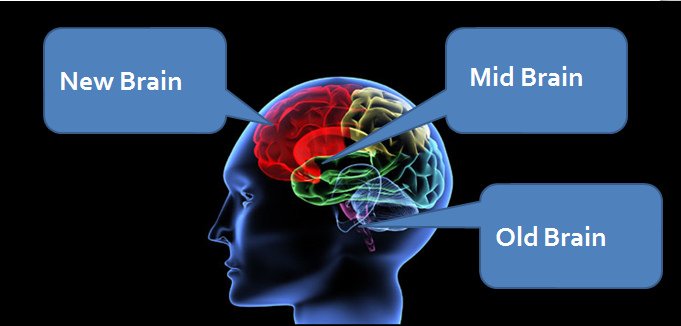
- “The New Brain“ controls thoughts. As soon as it receives fresh information, it weeds out rational data from irrational/irrelevant information, and forwards the filtered information to other parts of the brain.
- “The Midbrain“ controls our feelings, lends emotion and shares only positive bits with the rest of the brain.
- “The Old Brain” is in charge of decision-making. It’s like the CEO who considers inputs from both the new and mid brains but takes decisions independently.
Isn’t it obvious which part of the brain you really have to “impress” now? Identify and target your customer’s “cognitive hot buttons” — the old brain’s emotional touch-points — that will take you closer to making your customer understand and agree with your proposal. Here are some ways you can do that:
- Tell them a compelling story about your product. Great products always have great stories behind them. Convince them about your brand ethics and how their business matters to you.
- Use a lot of images. Our brain responds better to visual cues. Notice how we lay so much emphasis on appearances?
- Present tangible arguments in your favor. Don’t just tell customers they will experience more comfort while driving your car. Tell them what suspension system your car is using and how does it affect ride quality.
It’s a no-brainer that price is an important driver in a user’s decision-making process. Intentionally or unintentionally, consumers are always looking for the perfect option, plus a backup just in case the former isn’t available. When looking for substitutes, consumers look for options at the closest price point without compromising on their wants. If price is not a differentiating factor between two options, other factors like brand value, feedback from family and friends and advertisements influence consumer decision-making.
Success Story: Montague, from The Baylor College of Medicine, published a success story in the biweekly journal “Neuron” in 2004, in which he carried out his own version of the original Pepsi Challenge (a blind taste test between Pepsi and Coca Cola).
Montague conducted a series of fMRI brain scans on 67 experimental subjects, who were asked to blind taste Pepsi and Coca Cola in combination and/or separately. During the test, most subjects preferred Pepsi over Coca Cola, since the scans showed higher levels of activity in the ventral putamen region of the old brain (responsible for evaluating different flavors). In the second round during the non-blind test, the subjects declared Coke as the clear winner. When the brain-scans for this round were analyzed, Montague noticed heightened activity in the medial prefrontal cortex, associated with conducting higher thinking functions of the brain.
The study was intuitively titled “The Pepsi Paradox” and postulated as below:
“The results of the blind study (upon asking the experimental subjects which beverage they would rather choose), have shown that most of the subjects would opt for Pepsi, and less than half preferred Coca Cola.
However, during the non-blind tasting, when the individuals were asked to drink Coca Cola for half an hour, followed by Pepsi, 75% concluded that Coca Cola had a better taste, while 25% chose Pepsi. However, cumulative results were significantly different.
Research results showed that while most subjects opt for Coca Cola exclusively for the brand, regardless of its taste, and they choose Pepsi exclusively for the taste.”
A clear case of emotional bias. Because consumers related better (emotionally) to Coca Cola, the brand, they were ready to forego the clear preference in taste they had for Pepsi.
For additional reading: The Advertised Mind by Erik Du Plessis.
2) Influence Decision-Making with Psychological Triggers
Consumers exhibit fickle behavior. The slightest detraction in processing information can lead to them dropping off. Processing fluency is the ease of processing information that increases chances of conversion and the speed of converting as well. There are some other psychological triggers that can “push” a consumer into committing to a sale.
Robert Cialdini, in his book “Influence”, explained a few neuromarketing principles that marketers can use to get a yes out of their customers. Here’s an example:
Picture this. You go to a Walmart to buy a six pack, when the guy at the checkout counter politely offers a free sample of pretzel to try. Next thing you know, you are buying an entire batch. You just wanted beer; you bought pretzels because you felt an urge after trying a free sample.
Ever wondered how many times you have invited people you don’t like to your party, just because they invited you to theirs?
Robert calls it Reciprocity, a cognitive bias which makes you feel obliged to give something back in return when you get something unexpected or for free. Marketers can leverage this bias by creating and maintaining a feeling of debt on their prospects, and get them to convert/buy in return. Price discounts, free-trials, eBooks, free invites to live events, are only a few ways to “indebt” customers. However, do not enforce any obligations when handing out giveaways — consumers can differentiate between a genuine offer and an unnecessary freebie trap.
Cialdini also talked about other neuromarketing principles such as recency, scarcity, urgency, liking and, authority, which marketers have emphasized and optimized in their sale strategies over time. Read this elaborate post by Peep Laja on Cialdini’s six basic neuromarketing principles and their execution in marketing.
Charm pricing is another effective tactic marketers use to make their pricing look attractive. In a study conducted by Simister and Anderson, prices ending in nine were able to outsell even lower prices for the same product.
In one of the experiments conducted, a woman’s clothing company sent three different versions of the same catalog to three different customer groups (randomly selected) respectively. The catalog contained four different dresses, each priced differently in the three variations. Since the pricing policy of the company was to use $9 as the last digit, the four dresses in the control version were priced at $39, $49, $59 and $79 respectively. In the other two versions, the same prices were lowered and raised by $5, thus altering the $9 right digit throughout. Here’s what happened next:

Key takeaways from the study:
- The control price version with $9 ending outsold the other two versions by approximately 40%.
- The $10 price difference between the two price variations forced no effective difference in demand.
In subsequent studies, it was also proven that when combined with sale cues such as “Free” and “On Sale”, the $9 price ending could increase demand considerably.
This phenomenon is called “the left digit effect” and is widely practiced by most eCommerce websites. Manoj Thomas and Vicki Morwitz of Cornell University further explained this phenomenon in their study titled Penny Wise and Pound Foolish: The Left-Digit Effect in Price Cognition. The study contained findings from a series of experiments which suggested that prices ending in 9 are perceived as considerably lesser than prices a cent higher (e.g. $2.99 to $3). However, the caveat to this theory is that it will not work if the leftmost digit remains unchanged (e.g., $3.60 to $3.59).
Customers today have smartened up about the pricing tricks that marketers play.
Sometimes, just using charm pricing or giving freebies doesn’t cut it.
The human mind relates better to relative vis-a-vis absolute values.
Enter Anchoring Bias, which is essentially making the customer feel sure about their choice as they rely heavily on select bits of information (usually the first) they get about a product. An effective way of doing this is to present a relatively more expensive option and then introducing discounts to create a certain bias in consumers’ mind about how attractively the product has been priced. Marketers think of logical product pairings and upgrades so that consumers can take advantage of the lower price as an anchor for a higher priced product.
Suppose you go to buy a used car for which the salesman quotes $X. This initial price sets the base for further negotiation, regardless of its reasonability. Which means, even if $X was an unreasonable quote to begin with, any lower price after negotiation will seem more reasonable. The salesman used the initial price $X as an anchor to convince you on a lesser but still profitable final quote. That’s anchoring bias for you.
Download Free: Conversion Rate Optimization Guide
3) Ask For Minimum Upfront Commitment
I’ve said it before — cracking conversions is a lot like dating. Getting people to commit is always the biggest pain-point.
As a retailer, if you can get customers to make a small commitment to your brand (like signing up for your email newsletter or buying a product they know, they can easily return later), they are more likely to eventually purchase from you. And if you can actually get products in their hand, even if there is no official commitment to buy them, your chances increase even more.
Zappos’ famous easy return policy is a classic example. Customers buying Zappos products know they can easily return their order in case they don’t like it. Because it is very easy for buyers to return a product, this reduced perception of risk inspires confidence in users and positively skews their buying decision.
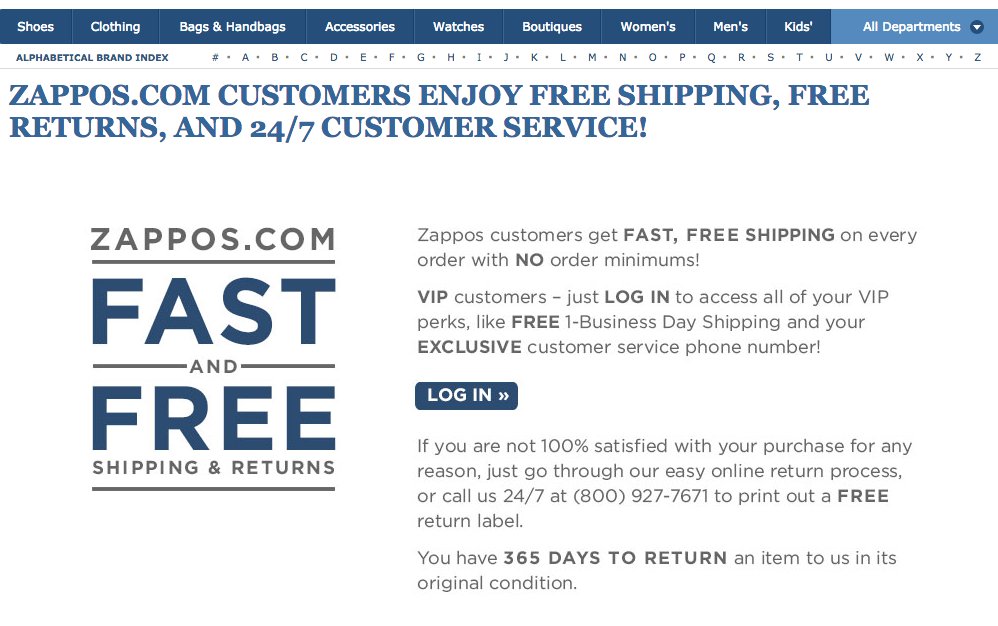
But come to think of it. Once they have the product in their hands, will they really return it? Probably not. Not unless the product completely betrays the customer’s expectations.
4) Use Availability Heuristic for Product/Brand Recall
“If you can’t dazzle them with brilliance, baffle them with bullshit.”
– W.C. Fields
Fields was an actor, comedian, juggler, write and, above all, a marketing genius; howsoever unintentionally. The biggest takeaway from his quote is that if you can forge a strong enough impression on a prospect’s mind, high chances are that they will remember your product and prioritize it as an option when making a buying decision.
Here’s Wikipedia’s definition of Availability Heuristic:
“The availability heuristic is a mental shortcut that relies on immediate examples that come to a given person’s mind when evaluating a specific topic, concept, method or decision. The availability heuristic operates on the notion that if something can be recalled, it must be important, or at least more important than alternative solutions which are not as readily recalled.”
Subjecting users to a product/brand that stands out from competition registers on an emotional level, and triggers an immediate recall at the slightest stimulation. This is because the brain has “saved” the product as a mental shortcut and can reproduce the memory/emotion attached to it for future reference.
In a nutshell: Impress your users. Just like Hubspot does to drill in its authority as a renowned brand:
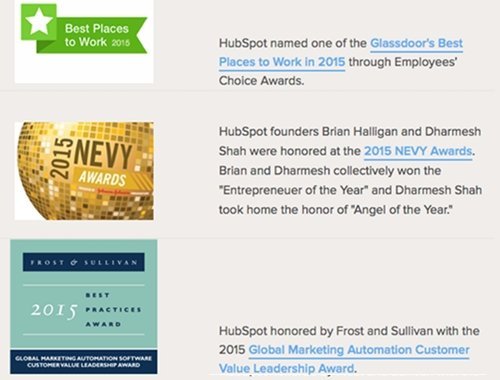
Some other examples where marketers have implemented availability bias in their marketing strategy:
- Publishing promotional content (blogs, press releases etc.) to create buzz around a product launch.
- Journalists using sensationalism when creating news headlines.
- Advertising campaigns with celebrities as brand ambassador.
5) Reduce the Pain of Paying
Studies have shown that if you can somehow reduce the perceived “spending value” of a product, you can get consumers to spend more! No wonder your friends with credit cards don’t flinch once before they swipe to pay restaurant bills (which they would have otherwise split with you had they been paying in cash).
Subjects could use exchange the $1 gift card for a $1 bill or buy a candy with it. Alternately, the $1 bill could also buy the same candy or just be saved as it is.
The study’s finding suggested that subjects who were given $1 gift cards were more likely to spend them for buying candy. The non-physical aspect of spending cash in the form of gift cards is what prompted more subjects to buy candy.
The theory is not exclusive to gift/credit cards. Another brilliant success story called “Coherent Arbitrariness” by Dan Ariely, George Loewenstein and Drazen Prelec from MIT reveals the following: Even if the initial price associated by us to a product is arbitrary, once that price is established in our minds, it will influence our subjective judgement of its present and even future value (thus making it coherent).
Dan Ariely and Drazen Prelec conducted a social experiment where they made MBA students from Sloan School participate in a peculiar auction in 2006. In the auction, the researchers made students bid on any of these six items – a bottle of average wine, a bottle of rare wine, a design book, a cordless keyboard, belgian chocolates and a cordless trackball. They had to first vote if they would be willing to buy each product for a dollar value equal to the last two digits of their social security number and then place a bid that they are willing to buy the product for.
The findings were mildly shocking!
With their perceived pain of buying considerably reduced, people with social security numbers having higher last two digits (80-99) were willing to pay as much as 250% more than those with lower digits (00-19) for the same cordless keyboard. Not surprisingly then the cordless trackball was sold for $26 and $9 in the two different groups.
“Social security numbers were the anchor in this experiment only because we requested them. We could have just as well asked for the current temperature or the manufacturer’s suggested retail price. Any question, in fact, would have created the anchor. Does that seem rational? Of course not.”
– Dan Ariely from his book, “Predictably Irrational”
To Summarize
Not all decisions that we, as consumers, make are rational. We come with a lot of preferential baggage which influences our decision-making. A smart marketer will know just the soft points they have to tap to capitalize on our biases and influence our decision-making to their benefit. A smart marketer knows the psychology of a sale!
P.S. – Anyone with average comprehensive skills would have taken at least 10 minutes to read and assimilate this post. You probably fell for the Anchoring Bias I instigated. Apologies for the dishonesty! I was trying to make a point.
Thank you for reading! Now, let’s get you featured.
Tell us all that you agree/disagree with in this post. Suggest best practices, success stories and, real life examples that you’d like us to include here. If you’ve got something new and relevant, we’d love to update this post with your suggestions (with credits, of course!).
Shoot us your email with suggestions at marketing@vwo.com!
Note: Screenshots used in the blog belong to the author.

